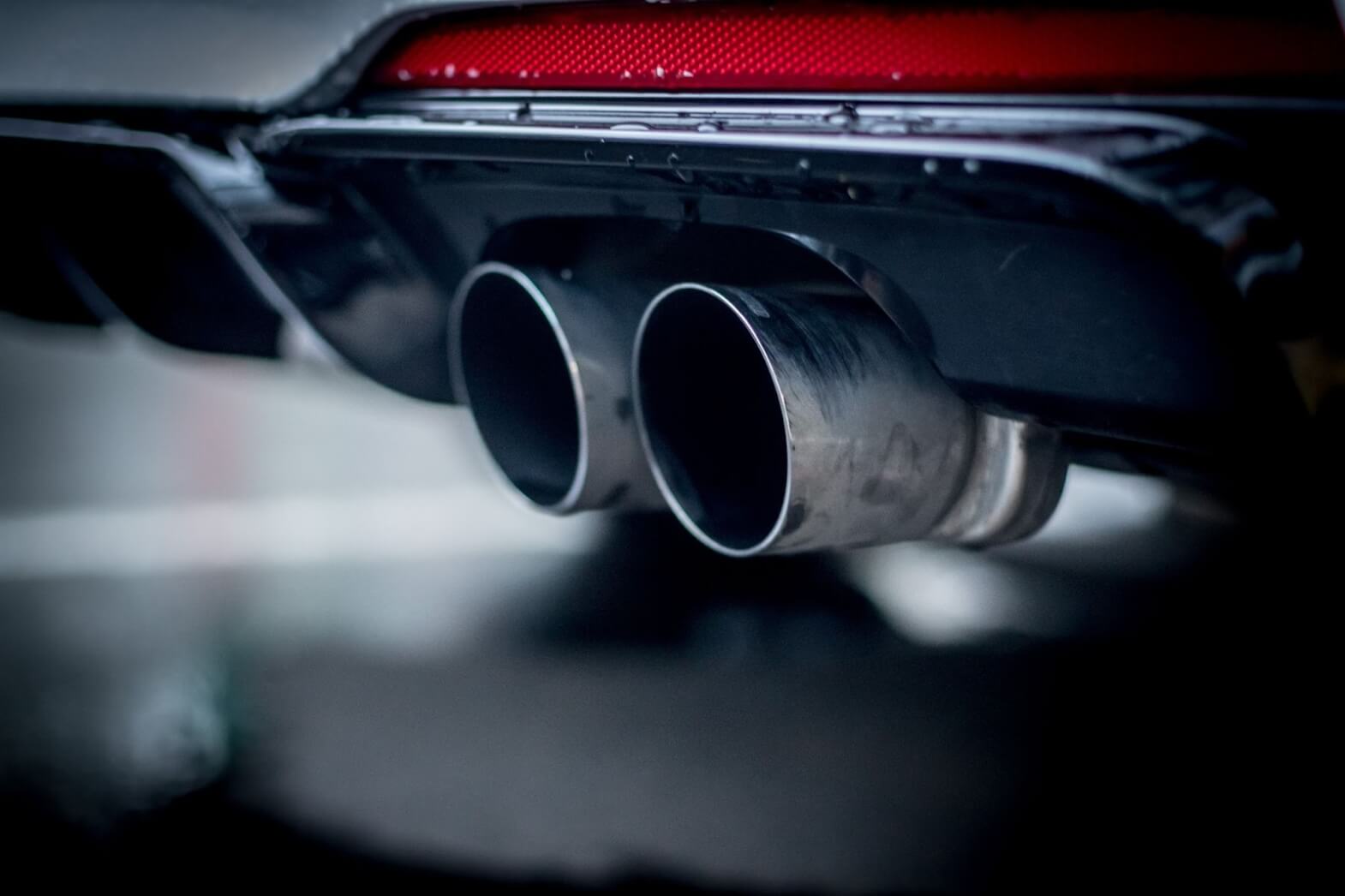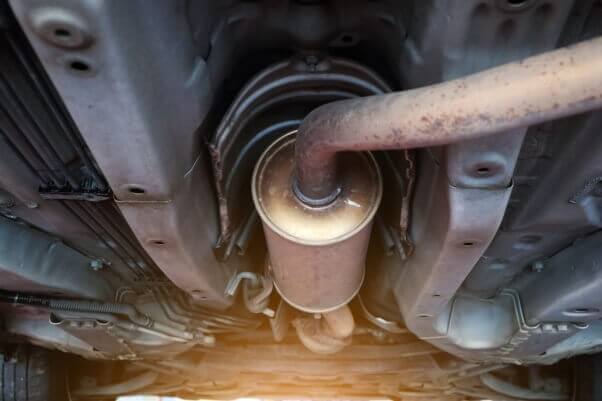Chevrolet SS Catalytic Converters Scrap Prices (9 results)
011A
Ref:
011A
Car models:
Car description:
Chrysler SS TB / Chrysler Cirrus / Chrysler Sebring / Chrysler Stratus / Chrysler Neon / Dodge Stratus / Dodge Neon / Plymouth Breeze
Max price for 6 months: 153 USD
12610773
Ref:
12610773
Car brands:
Car models:
Car description:
Chevrolet Camaro SS
Manufacturer:
Components:
Max price for 6 months: 91 USD
008ABA (Type 2 - flat)
Ref:
008ABA (Type 2 - flat)
Ref2:
008ABA (series)
Car models:
Car description:
Chrysler SS TB / Chrysler Cirrus / Chrysler Sebring / Chrysler Stratus / Chrysler Neon / Dodge Stratus / Dodge Neon / Plymouth Breeze
Max price for 6 months: 245 USD
008ABM (Type 2) (Flat)
Ref:
008ABM (Type 2) (Flat)
Car models:
Car description:
Chrysler SS TB / Chrysler Cirrus / Chrysler Sebring / Chrysler Stratus / Chrysler Neon / Dodge Stratus / Dodge Neon / Plymouth Breeze
Max price for 6 months: 225 USD
Prices by car brands
See all brands >
Articles

How to Extract Precious Metals from Catalytic Converters
Apr 5, 2025
Catalytic converters are not just components in your car's exhaust system, they are treasure troves of precious metals waiting to be reclaimed. These metals could be in various combinations, but mostl...

Why are catalytic converters valuable?
Apr 5, 2025
Catalytic converters serve as essential components in every vehicle. Originating in the mid-20th century and entering mass production by the 1970s, modern vehicles adhere to exhaust emission regulatio...

How much does a catalytic converter cost?
Apr 7, 2025
Catalytic converters were developed in 1950 as a response to environmental pollution issues by the growth of the automotive sector. In the middle of the 1970s, they were already put on to a conveyor t...

What Are Torpedo Catalytic Converters?
Apr 5, 2025
Torpedo catalysts are usually larger units compared to conventional catalytic converters. Usually, these uncommonly shaped catalytic converters come from Ford vehicles and are made for specific Ford c...














































